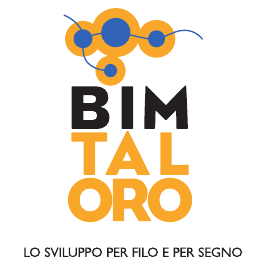Church of Santa Croce
The church was built in the 17th century in the district of Issiria upon the decision of the Brotherhood of the Holy Cross.
The building has undergone numerous renovations over the years, affecting various parts of the structure including the roof, which used to be made of wood but was replaced with a concrete covering in recent times.
Its external appearance is very simple, with a plastered façade, a central door surmounted by an oval oculus and, on top of the gabled roof, an iron cross.
The layout consists of a single nave overlooked by small side chapels. Inside are several valuable wooden works, some of which come from the old church of Sant’Antonio Abate.
The polychrome central altar, with twisted columns, floral motifs and gilding, was made between the 17th and 18th centuries, as were the two small side altars, which are also polychrome and decorated with vine shoots and twisted columns.
On the central altar is the polychrome wooden statue of Christ Crucified, not attributable to the Sardinian school, dating from the 17th century. On the minor altars are panel paintings by Sir Giuseppe Zanda, an artist from Desulo who was active in the mid-19th century, and who studied at the Academy of Fine Arts in Turin and Rome, supported by Monsignor Bua, Bishop of Oristano.
The artist, who primarily carried out his artistic work in Rome, decided, at the peak of his career, to return to his home country, devoting himself to producing various works for different places of worship on the island of Sardinia.
Statues of St. John the Baptist and St. Michael the Archangel, recently restored, are also located in the side niches.
During the Easter rites, the statue of Christ is taken down from the cross and carried in procession on the occasion of S’Interru de Deus (the burial of Jesus).
Text by Laura Melis
 BIM TALORO
BIM TALORO 